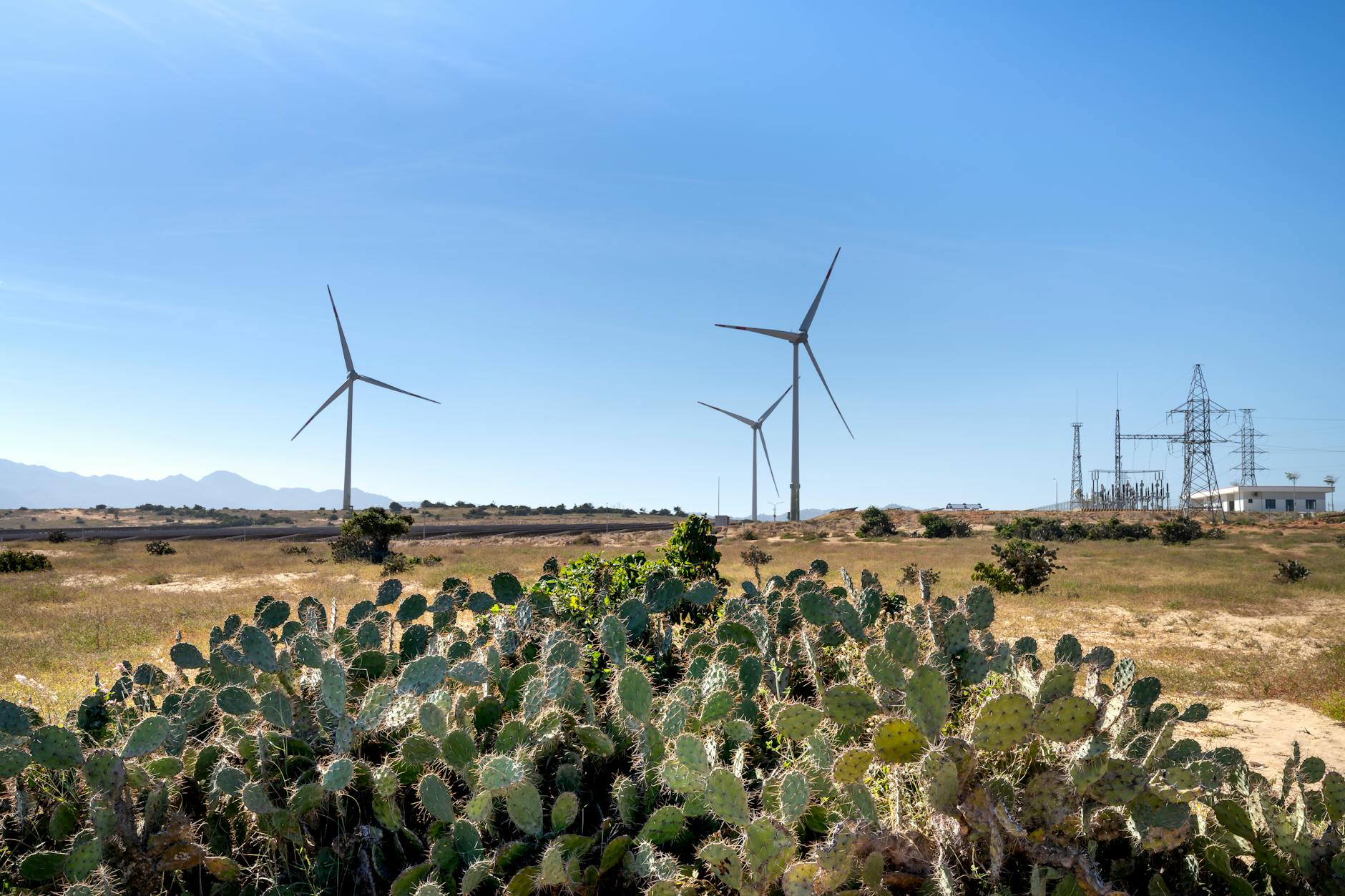As the cannabis industry continues to burgeaon, there’s a growing need for sustainable cannabis cultivation practices. By implementing organic growing methods, companies can help protect the environment while producing high-quality products. Highlighting sustainability not only promotes eco-conscious business practices, but can also improve product quality, yield, and brand reputation.
Indoor cultivation of cannabis, while offering easier control over growing conditions, can take a toll on energy efficiency. The use of high intensity discharge (HID) lights, heating, ventilation, and air conditioning (HVAC) systems can create a significant carbon footprint. One way to mitigate this is by switching to LED lights, which use less energy and produce less heat. Furthermore, integrating renewable energy sources, such as solar or wind power, can considerably reduce the environmental impact.
Outdoor cultivation, on the other hand, can leverage the natural environment to reduce the reliance on non-renewable resources, such as artificial lighting and heating. However, proper location selection is crucial to avoid deforestation and soil degradation while ensuring the plants get adequate sunlight and ambient temperatures.
Regardless of indoor or outdoor cultivation, water conservation should be an integral part of any sustainable cannabis operation. Irrigation systems with precision application, recirculation and rainwater collection systems can significantly reduce water usage, minimizing the strain on local water resources.
Improving soil health is another pivotal aspect of sustainable cultivation. Organic growing methods, such as composting and utilization of organic matter, help create a rich, vibrant soil ecosystem that fosters plant growth. Permaculture principles can also be applied to maintain soil health over time, creating a self-sustaining system that recycles nutrients and maintains fertility.
While cannabis plants naturally attract a variety of pests, many growers are veering away from synthetic pesticides. Instead, they’re adopting pest management practices that focus on biological control methods, such as introducing beneficial insects that prey on pests. This minimizes the risk of contaminating final products with residual pesticides and helps maintain biodiversity in outdoor cultivation sites.
An often-overlooked aspect of sustainable cannabis is packaging. The industry’s heavy reliance on single-use plastics for packaging creates a large amount of waste that contributes to pollution. Transitioning to sustainable packaging made from recyclable or biodegradable materials can greatly reduce this impact. Additionally, some companies are going a step further by offering recycling programs for used packaging, or incentives for customers to return their containers for re-use.
The adoption of sustainable cannabis cultivation does not only benefit the environment but can also serve as a powerful marketing tool. As consumers become more conscious of their environmental impact, companies that employ eco-friendly practices can differentiate themselves and tap into a growing market segment.
Regulations regarding cannabis cultivation are rapidly evolving, making industry standards for sustainability a moving target. However, these basic principles of resource conservation, organic growing, and sustainable practices provide a helpful roadmap for producers navigating this promising but challenging landscape.
The future of sustainable cannabis cultivation is bright. By committing to eco-friendly practices, growers can reduce their environmental impact, enhance product quality, and foster a positive image for their brand – a win-win for the planet, consumers, and the industry as a whole.
